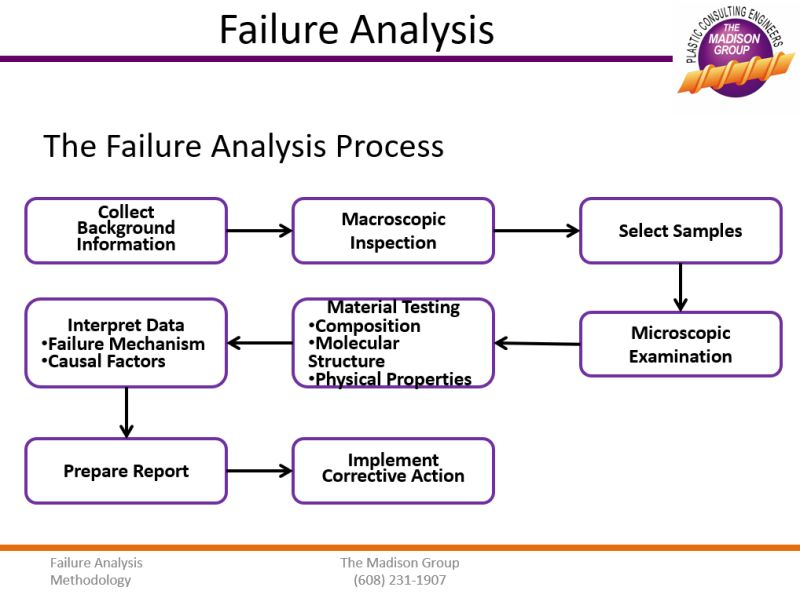I got a call from an engineer at a manufacturing company the other day following up on a proposal for a failure analysis that I had sent to her. She told me that company management was questioning the need for the formal investigation. There was also pushback regarding the timing and cost of the failure analysis. This does not happen frequently, but does occasionally. In this case, it was the first time working with this company, and they had been “burned” previously on a failure analysis performed by a different firm, which had over-charged and under-delivered. I indicated that 10 business days was our standard timing for a failure analysis, and explained this amount of time was required to complete all the fractographic work and analytical testing on a normal basis. We could offer an expedited turnaround of 3 or 4 business days, if that was required. The failure analysis would be evaluating material, design, manufacturing and service factors associated with the failure – not a trivial undertaking.
A failure analysis is the evaluation of failed components together with review of the corresponding documentation to detect and analyze the nature, causes, and consequences of an actual or potential failure. A failure analysis requires a logical and systematic approach to analytical observations and testing, all guided by sound engineering practices. The goal of the investigation is to identify the mechanism and casual factors (how and why) of the failure. The failure analysis process I utilize is presented in the flow chart below.

My client had indicated that since they molded their own parts internally, they thought working the problem out at the press would be the most cost and time effective solution. I questioned how they knew this was a manufacturing issue, exclusive of material, design, and service influences. I was not trying to “sell” her on anything; I was legitimately interested in helping her get this problem resolved. Furthermore, I reminded her that it is difficult to solve a problem without knowing the issue at work. Alternatively said, it is almost impossible to reliably arrive at a solution if you do not know how and why the product failed.
Experience and insight are valuable, but no substitute for a scientific approach. Allow the science to direct the investigation. This quote says it well,
“One accurate measurement is worth a thousand expert opinions.”
U.S. Navy Rear Admiral Grace Hopper, Awarded National Medal of Technology and Innovation
This discussion of problem-solving with and without testing is well reviewed in an article by Michael Sepe that is directly on point to this situation: https://www.plasticstoday.com/materials-analyst-part-49-cost-testing-and-not-testing
I encourage you to check it out.
